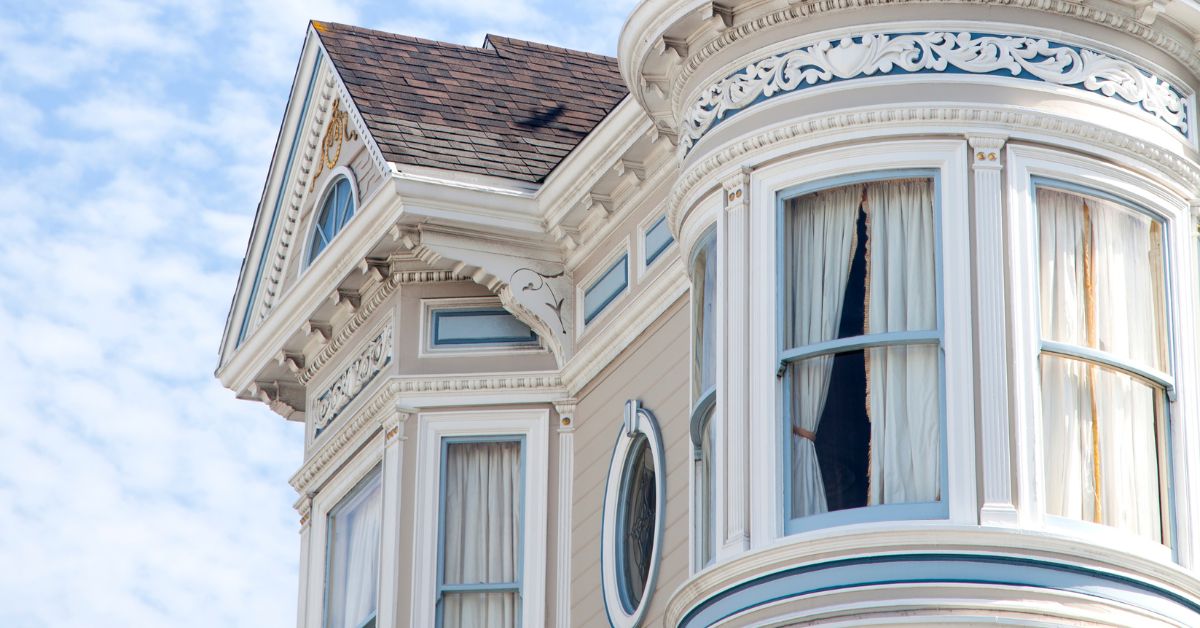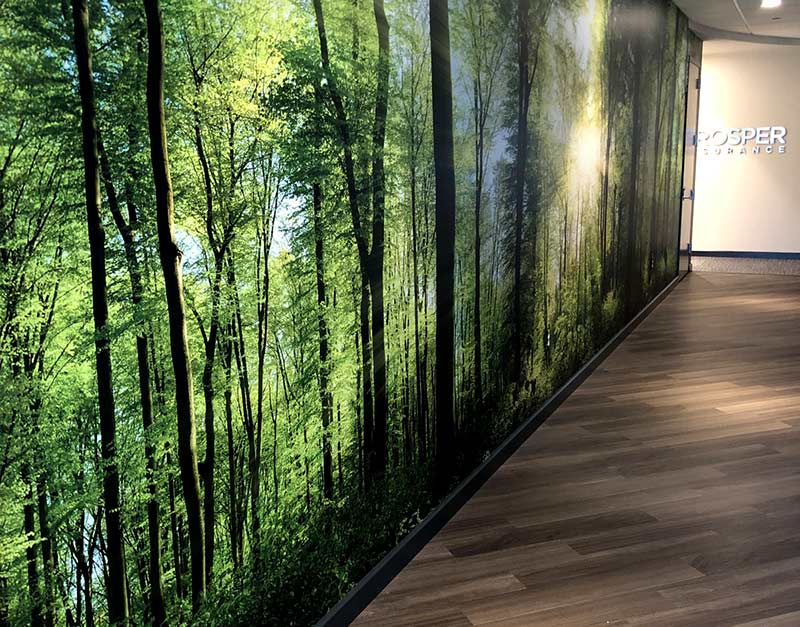Historic homes are breathtaking with their unique features, charming architectural designs and historical significance. However, they also come with a set of challenges that require regular maintenance and upgrades to keep them safe and insured.
Here are some practical tips on how to keep your historic home safe & insured:
1. Foundation
The foundation is the base of your home, and it is especially important in an older home. Carefully inspect your foundation for cracks, bowed walls, and uneven floors. It is crucial to make sure that the foundation is strong since your homeowner’s insurance often has limited or no coverage.
2. Electric Work
Old wiring can lead to electrical fires, so schedule a time for a licensed electrician to perform a thorough inspection. Consider upgrading your electrical system to meet modern codes and increase safety. Updating your electrical system not only keeps your insurance policy up to date, but could also potentially lower your premium, leaving more room in your budget. Moreover, having an updated electrical box increases the options available from a carrier’s perspective.
3. Plumbing
As a homeowner, it is important to maintain and update the plumbing system in your historic home to prevent leaks, water damage, and other issues. To ensure proper insurance coverage, it’s advisable to have regular plumbing inspections and repairs performed by a licensed professional and to keep documentation of any updates or renovations made to the plumbing system. By keeping your plumbing system well-maintained and up to date, you can help mitigate insurance risks and maintain adequate coverage in the event of damage or loss.
4. Heating & Cooling System
Maintaining the heating and cooling systems in a historic home is important to ensure both comfort and safety. However, insuring older heating and cooling systems can be challenging, as they may require special coverage due to their unique materials and installation methods. It’s important to keep these systems up to date by having regular inspections and performing necessary repairs. Consider upgrading to more energy-efficient systems, which can not only reduce insurance risks but also potentially lower your homeowner’s insurance premium.
5. Energy-Efficient Windows
Those charming metal framed windows might be original, but they are most likely costing you a pretty penny in heat and energy loss. Consider installing storm windows or replacing the old ones with energy-efficient triple-pane models. This not only protects your home from baseballs breaking the glass, but your wallet will appreciate it too.
6. Smoke Detectors and Fire Extinguishers
Functioning smoke detectors throughout your home and fire extinguishers placed in different rooms are especially important to have in your home. It does not require much effort to cause a blaze in an area with aged wooden paneling.
7. Roofing
It’s not uncommon for old historic homes to have either an aged roof or just the shingles replaced instead of an entirely new roof. However, it’s worth noting that having a newer roof can make you eligible for a discount on your homeowner’s insurance premium. Insurance providers often consider newer roofs as less risky and better equipped to withstand natural disasters such as hail or windstorms. On the other hand, insuring an older home with a historic roof can be challenging as it may require special coverage due to the unique materials and construction methods used. To ensure sufficient insurance coverage, it’s important to schedule regular inspections and perform necessary repairs, as well as keeping a record of any updates or renovations made to the roof.
To save the past and ensure the future, it is important to invest in the right updates. Additionally, these improvements may also give you a discount on your insurance, which is an advantage because insuring historic homes is more expensive to insure. Before any renovation or repair is started, it is essential to talk to your insurance agent to make sure it is covered.
By utilizing the advice given and buying the perfect improvements, you are both preserving the past and ensuring a better future. Someday, generations ahead of you will visit the same locations and be impressed by the stories within the walls, and by the energy-saving windows!
We are available to assist you if you are looking for an insurance policy for an older historic home. Click here to compare your historic home insurance options by selecting “home insurance” – click “Let’s Go” to get thine online quote or give us a call at (757) 248-5973 to speak with one of our knowledgeable representatives. Let us help you protect your piece of history for generations to come.




